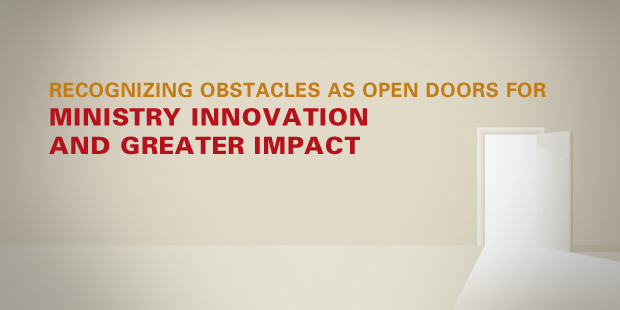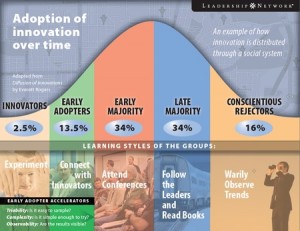
Ministry Problems Can Produce Ministry Leaders
In the past I have blogged about the idea that good things can come from bad situations, when those situations force us to do something good we normally wouldn’t do. Whether it’s laziness or lack of motivation, our intentions are better than our actions. Today, we see millions of Americans getting rid of credit card debt and saving money because of the failing economy. This is obviously something we should have been doing all along—but were forced to once we had no credit left.
Motivation is a funny thing. It is best when it comes from within—when we find a purpose to fulfill. However, most of us are motivated when there’s a need to meet. I find I am most strongly motivated when the pressure of necessity raises its ugly head. I am writing a book right now, and I am discovering once again that “deadlines are lifelines.” When conditions become unbearable or dissatisfying—that’s when leaders step forward and do something. That’s when people discover what’s inside of them.
Charles Darrow was out of work and almost bankrupt during the Great Depression when he and his wife began to dream about what they would do if they had a million dollars. Every night they would discipline themselves to talk about the wealth they would accrue one day. Their regular little conversation turned into a game—with a board, dice, hotels and cards—a game you likely own today: the game of Monopoly. By the way, Parker Brothers bought the game from him in 1935 for a million dollars.
It was also during the Depression that Kirk Christiansen had some time on his hands and came up with his own little diversion. He was a carpenter who made ladders, but needed some extra work and cash. One day, he noticed he had lots of little pieces of wood left over once a ladder was built. He loved kids and started to let kids play with those little pieces of wood to see if there was anything marketable he could discover. It soon became clear they loved to build things with them. Those wood chips became Legos, a Danish hybrid for the words “leg godt” meaning “play well.”
During those same hard times, Alfred Butts was unemployed. Every day he’d read the New York Times, looking for work. As he did this, he realized how much he loved words—reading them, writing them and creating them. Since he had all kinds of time on his hands, he began to explore creating a game out of words. He succeeded and it put him back to work, producing the game called: Scrabble.
Do you see the common thread in the stories of Charles, Kirk and Alfred? It was the very problem they faced that ushered them into success.
I have a question for you. What problem do you face today that may become the very vehicle that enables you to succeed? With the right perspective, a poor economy, unemployment, or boredom with far too much time on your hands could become your best friend. You just have to gain perspective, and take advantage of your situation. Your best leadership gifts may be summoned by hard times. You may just find your sweet spot when you are forced to do so.
I remember hearing a story about a frog who was hopping along a road when he fell into a large hole. He tried and tried to hop out, but was unable. As his friends came by, the frog beckoned them to go get help. Each of them ran for help, but upon their return they saw the frog hopping along the road again. He was obviously free from the confinement of the hole. When they reminded him that he couldn’t get out, he said: “Oh, you are right. I couldn’t get out. But then I heard a huge truck approaching and I realized…I had to.”
Here’s to your best gifts emerging as you face that huge truck coming at you.
What problems have you turned into opportunities?
Read more from Tim here.

Tags: Leadership Engine, Staff, Staff Development, Tim Elmore































